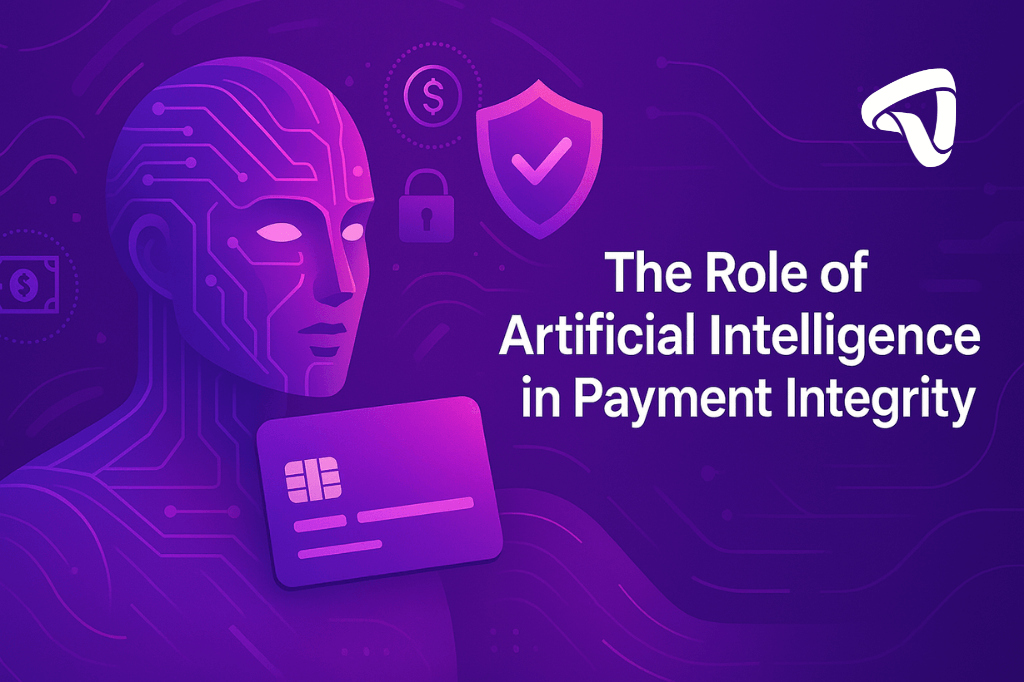In the fast-evolving world of e-commerce and digital payments, choosing the right payment gateway is crucial for businesses of all sizes. For many merchants, one of the most important considerations when selecting a payment gateway is the cost. With options available that charge a monthly fee and others that don’t, how do you know which one is the right choice for your business?
In this article, we’ll explore the advantages and disadvantages of Free vs. Paid Payment Gateways. We’ll also discuss why, for many businesses, paying for a monthly service can lead to a better experience and more flexibility in terms of pricing, customer support, and features.
The Basics: What Is a Payment Gateway?
Before we discuss the specifics of paid versus free payment gateways, it’s important to understand what a payment gateway is. In simple terms, a payment gateway is a service that facilitates transactions between customers, acquiring banks, and payment processors. It securely handles payment details, processes the transaction, and sends the necessary information to both parties to complete the sale.
Merchants need a payment gateway to securely process credit cards, debit cards, and other online payments. Gateways are typically integrated into websites, apps, or point-of-sale (POS) systems. Most payment gateways offer the same or similar services with different fee structures that can influence a merchant’s decision.
Read About The Best Payment Gateways for E-Commerce in 2025
Free Payment Gateways: The Low-Cost Appeal
Free payment gateways typically advertise zero monthly fees, making them an attractive option for small businesses, startups, or merchants just beginning to sell online. Some well-known examples of free payment gateways include PayPal, Stripe, and Square, which often don’t charge any monthly fees but still collect fees per transaction.
While this seems like a good deal on the surface, it’s essential to dig deeper to understand the implications of choosing a “free” service.
Transaction Fees: High Costs Per Transaction
Even though some payment gateways with no monthly fees don’t charge upfront costs, they usually have higher transaction fees. For example, PayPal typically charges around 2.9% + $0.30 per transaction in the U.S. Stripe has similar fees, and Square follows suit with comparable charges. These rates may seem low, but they can quickly add up, especially for businesses that handle a high volume of transactions.
With free gateways, businesses often end up paying higher fees for each transaction processed. This is because the platform relies on these fees to generate revenue. While there’s no monthly cost, the per-transaction fees can eat into the business margins, particularly for larger businesses or those with high ticket items. This is a great option for small businesses and keeps initial costs low, yet it’s important to understand this is a very short-term option that both merchants and payment gateways understand.
Customer Support and Service Limitations
Free payment gateways usually offer limited customer support. While companies like PayPal and Stripe have decent support systems, they primarily rely on automated responses, FAQs, and community forums. If a business runs into technical issues or needs personalized assistance, usually these are handled through email with a longer than usual response time, which is a luxury not all merchants have. Furthermore, because free gateways serve so many users, their customer support teams are often passive, and businesses may not receive the attention they need.
On the other hand, this could work well for small businesses where their usual needs are much less, so it’s a good start. However as the business scales and faces more complex payment issues, the lack of robust support can become a serious problem.
Paid Payment Gateways: The Value of Monthly Fees
On the other hand, payment gateways that charge a monthly fee offer a different experience. These services typically charge a monthly fee that covers the cost of maintaining the platform and providing customer support. The trade-off is that merchants often receive better service, more flexibility, and a wider range of features.
Higher-Quality Customer Support
One of the most significant advantages of paid payment gateways is the quality of customer support. Paid services can afford to employ more customer service representatives, often offering personalized support. These companies typically have a smaller user base compared to free services, which means they can devote more resources and attention to each merchant.
Whether the business is dealing with technical issues, fraud prevention, or integration challenges, paid gateways generally offer a more dedicated support experience. For businesses that operate at scale or in complex industries, this level of support is invaluable.
More Customization and Flexibility
Paid gateways offer more customization options, which can be crucial for businesses that need tailored solutions. Whether the business needs advanced fraud protection, multi-currency support, or custom checkout experiences, a paid service is more likely to have the features a business needs to optimize payment processing.
Free gateways are often simpler and may only support basic payment features, making them a good fit for small-sized businesses. However, as the business grows and the needs become more complex, a paid service provides the flexibility required to scale.
Better Fraud Protection and Security
Security is always a concern when processing payments, and paid gateways typically provide better fraud detection tools and more robust security features than free services. Many paid platforms offer advanced encryption, tokenization, and other tools to safeguard customer data, reducing the risk of fraud and chargebacks.
While free gateways certainly provide a certain level of security, especially regulated payment gateways, however, they often rely on third parties and don’t offer the same comprehensive suite of tools to detect and prevent fraud. This makes paid services a better option for merchants dealing with high transaction volumes or higher-value transactions be it from experience or in-house security teams.
Lower Transaction Fees for Larger Merchants
This is one area where the paid gateways truly shine. While free payment gateways often charge a flat rate per transaction, paid gateways typically offer negotiable pricing structures for larger businesses. The more a business processes, the more likely it is to receive discounted rates per transaction.
Moreover, paid services often offer tiered pricing plans based on the business’s specific needs. Some services might charge a fixed monthly fee in addition to per-transaction fees, while others might offer a percentage-based model depending on the type and size of the transactions being processed. This flexibility can be crucial in helping businesses keep their costs under control as they grow.
Paid Services: Fewer Clients, Better Service
One often-overlooked benefit of paid payment gateways is that they typically serve fewer customers than free gateways. Because these services charge a monthly fee, they tend to cater to a more specific segment of the market: medium-to-large businesses, enterprises, and companies with more complex needs.
The result is that paid services usually provide a more focused experience, with a support team dedicated to fewer clients. This enables the service to maintain a higher level of product quality, offering quicker response times and more in-depth support, and ensuring that businesses get the attention they deserve.
The Bottom Line for Free vs. Paid Payment Gateways: Free May Be Cheap, But Paid Services Offer More
While free payment gateways might seem appealing for small businesses, startups, or merchants just starting out, the reality is that paid payment gateways often provide superior service, lower long-term costs, and greater flexibility.
Here are a few key points to consider when choosing between free and paid payment gateways
- Pricing Flexibility: Paid services typically offer better rates for merchants since they do not rely on transaction fees alone, with the ability to negotiate lower transaction fees as the business grows.
- Customer Support: Paid gateways offer more personalized and higher-quality support, making them a better choice for businesses that need assistance resolving technical issues or managing payment processing challenges.
- Customization: Paid services generally offer more advanced features, tools, and customization options, which are crucial for scaling businesses or those with complex payment needs.
- Fraud Protection: Paid services invest more in security, offering advanced fraud prevention and detection tools to protect the business and customers.
For businesses choosing between Free vs. Paid Payment Gateways, while free options can be a great starting point for very small businesses, many growing businesses will find that paying for quality service is well worth the investment. As transaction volumes increase, so do the advantages of a paid service, making it a worthwhile investment for businesses looking to scale sustainably and with the right level of support



